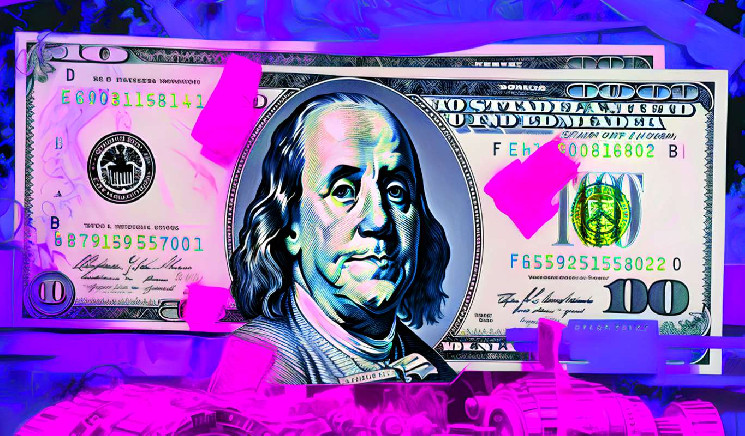Central banks worldwide have been experimenting with blockchain, digital currencies, and tokenization for a number of years, however the European Central Bank (ECB) has been forward of the curve for the reason that starting.
In the most recent growth relating to the digital euro, the ECB referred to as for companions to check conditional payments in a central financial institution digital forex (CBDC) simulation beginning in February 2025. It has additionally opened purposes for companions keen to discover tokenization and different progressive use instances.
It’s certainly one of a gentle stream of tales displaying how central banks are taking blockchain know-how, digital currencies, and tokenization severely. This week, the U.S. Treasury lately mentioned tokenizing U.S. Treasuries because the BIS handed the CBDC cross-border settlement system mBridge over to collaborating central banks.
What is the digital euro, and what are conditional payments?
The ECB was one of many first central banks to embrace digital currencies and tokenization. In 2020, it explored the idea of a digital euro earlier than coming into the preparation part in 2023.
The digital euro will likely be a digital type of the forex aiming to enhance bodily money. The ECB hopes it is going to be a safe, environment friendly, and universally accepted type of cost throughout the euro space.
While payments between EU members have improved dramatically with the introduction of SEPA financial institution transfers, there are nonetheless some points that the digital forex will help tackle: cost techniques stay fragmented, digital payments nonetheless rely closely on non-European entities, and navigating the EU’s notoriously dense rules may be difficult.
However, the ultimate choice on the digital euro gained’t be made till late 2025. The outcomes of the aforementioned conditional cost trials will assist inform that call.
What is tokenization?
Aside from cost trials, the ECB additionally referred to as for companions to discover progressive use instances round tokenization. This may contain tokenizing bonds and different monetary devices, exploring unified ledger techniques, or taking a look at how tokenized property throughout a number of interoperable ledgers.
What sorts of property may be tokenized? Essentially, something—and the tokenization of every part is probably going coming. Everything from shares and bonds to actual property, gold, and even on a regular basis objects shifting by way of provide chains may be tokenized.
While the thought has solely gone mainstream previously a number of years, blockchain entrepreneurs have been speaking about tokenization and dealing on options for round a decade. Firms like UNISOT are utilizing the BSV blockchain to tokenize fish and enhance seafood provide chains, whereas Tokenized permits the creation of customized tokens that meet strict regulatory requirements.
Tokenization on blockchains provides a number of advantages, not least of which is enormously improved transparency and traceability. Faster settlement instances, enhanced liquidity, lowered prices, larger operational effectivity, and enhanced safety and fraud detection are just a few methods tokenization can enhance just about each business.
As the ECB and different central banks proceed to discover these and different associated improvements, count on the development to choose up tempo and extra associated information to emerge. Blockchain know-how, digital currencies, and tokenized property are the longer term, and we’re reaching a tipping level the place it should all come collectively rapidly.
Watch Python SDK: Essential software for BSV builders
title=”YouTube video player” frameborder=”0″ permit=”accelerometer; autoplay; clipboard-write; encrypted-media; gyroscope; picture-in-picture; web-share” referrerpolicy=”strict-origin-when-cross-origin” allowfullscreen=””>








